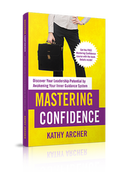Understanding Pre-Meeting AnxietyIf you are a nonprofit leader and have a tough meeting coming up, you will want to feel empowered going into it. Tune into Sandra's story to build your confidence going into challenging conversations! Sandra's Story: Facing the Fear of a Tough MeetingWhen Sandra came to our coaching call, she was preparing for a meeting with the Executive Director about her performance. Sandra was dreading the meeting. She knew her boss would make her feel stupid, small and even scared.
But that's not how Sandra anticipated the meeting was really going to go down! Sandra knew she would feel attacked by her bossSandra knows that "help" from her boss is typically in the form of them pointing out:
Sandra's anxious thoughts were almost out of controlEver since Sandra's boss had scheduled the meeting, Sandra had been rolling around the worst-case scenario in her mind. She imagined being fired on the spot, being raked over the coals and being belittled, berated and bullied. Hence, the knot in her stomach! Sandra had a history of not feeling supported by her bossIt's no wonder Sandra was dreading the meeting! Past meetings had not gone well. Most of what Sandra feared had happened in the past.
It was time for Sandra to change her perspectiveJust because that is how Sandra's ED has communicated in the past does not mean that Sandra has to believe it means she is incompetent or not cut out for leadership. Sandra can choose to pick between the well-intentioned but still hurtful comments and find out what's valuable in between those comments. Sandra took back control of her thoughtsWhether it is this conversation with her boss or another, Sandra gets to decide how she will proactively continue to grow and develop in her nonprofit leadership role. Shifting Your Mindset for ConfidenceSandra enlists the support of her nonprofit coachSandra brought this upcoming conversation to our coaching call. In past coaching sessions, we'd already talked about mindsets, perspectives and lenses, so she knew her mindset mattered most! To plan to feel more confident in the upcoming conversation, we took a look at the kinds of messages Sandra's boss might share:
The Power of Perspective: Changing Your MindsetLeadership MINDSET # 1If Sandra chose to see herself as flawed, she would take these kinds of comments to heart. Imposter Syndrome would take over, and the knot in her stomach would grow to a tightening in her chest. Sandra could see how her thoughts could snowball:
Leadership MINDSET #2 (THE BETTER OPTION)I invited Sandra to PAUSE, and take a breath. I asked what might happen if she chose to hear the messages differently. Sandra PONDERed and considered the comments above and then what else might be true:
Mindset # 2 helps Sandra feel more confidentSandra then used curiosity to PIVOT to new thoughts:
Instead of feeling beaten down by taking time to move through the Inner Guidance Cycle, Sandra felt back in control. She was ready to take the core of the feedback (too much overtime) and hear it for what it is—Feedback. Believing in Your Potential: The Foundation of ConfidenceHow does this help Sandra remove the knot in her stomach before the meeting?By knowing she has control of her thoughts, choosing how to hear messages and intentionally choosing not to take things personally in the meeting but focus on the content, Sandra lessened the emotional charge going into the meeting. When Sandra chooses her thoughts, she feels her confidence soar!I reminded Sandra that feeling confident in a meeting isn't about what someone else says or thinks. Sandra smiled and nodded. She's been reading Mastering Confidence. I know, she said, it's what I believe. How confident you FEEL starts with what you BELIEVE.What you believe about yourself is what matters most. I asked Sandra:
I reminded Sandra that if she believes those things, the tone with which her boss shares those messages in that meeting is less relevant than the content and what she chooses to hear, believe and take action on. Creating an If/Then Plan for ComposurePreparing for Triggers: Sandra's If/Then StrategyWhile feeling more confident, Sandra was still worried about being triggered and losing composure in the meeting. Sandra wanted to prepare to stay composed in her talk with her ED. She'd recently reviewed the webinar: How to Prepare for a Tough Talk so you can handle it with integrity in The Training Library. She'd learned the power of being prepared for getting triggered with If/Then plans. She asked if I could help her prepare an If/Then plan in case she got triggered. Sandra already knew what kind of comments might trigger her and cause her to lose her composure.
We prepared her If/Then plan and she practiced saying her response.
Now, the knots have turned to butterfliesSandra was still nervous but felt way more confident and in control of her responses! She messaged me later and said the meeting was still hard, but she left feeling in control of herself, her responses and her future. What's Next? Taking Charge of Your Leadership JourneyWill you do what Sandra did? If you want to ditch the knot in your stomach before your next uncomfortable meeting, then you need to get ahold of your thoughts and emotions before you go into the meeting. You need to create a mindset that allows you to take back power, your personal power. That way, you will be able to respond in a way that makes you feel empowered, and you'll be able to handle your meeting more confidently, too! ❗️❗️VERY IMPORTANT NOTE❗️❗️
I am not condoning bullying or harassing behaviour. If that happens, you must decide how to address it, find mental health support, and/or change jobs. There is no one-size-fits-all plan for how you will deal with it. Just know that you have options if your workplace is not psychologically safe. Check your policy manual for direction on what to do within your organization. Online resources
You may also find these podcast episodes helpful.
0 Comments
As a nonprofit leader, podcasts can be a fabulous asset to your growth and development. Do you listen to podcasts? I sure do. Podcasts are a great way to get updates, information, knowledge and often a good chuckle! I started my podcast, The Surviving to Thriving Podcast, in 2020. After 92 episodes, I took a summer break to rethink how to produce it best for you. I am working on a new 8-episode series to help you invest in your development. Stay tuned for a release date coming soon! Catch up on leadership podcasts from the Surviving to Thriving PodcastYou'll find the podcast here to catch up on the episodes. A few favourites of my clients and students are: Podcasts can be an integral part of your leadership developmentListening to podcasts can be valuable for personal and professional growth and leadership development. Below are five podcasts I regularly listen to and a favourite episode from each. You'll notice that not all the podcasts are related to leadership. Listening to podcasts not directly related to leadership can offer tons of benefits for you. Here's why you might listen to them: Why you need to listen to podcasts outside of the leadership genreYou might need to broaden your perspectiveMany challenges you face in leadership are complex and multifaceted. Exploring different topics and interests can expand your perspective, which is crucial for effective leadership. It helps you see the bigger picture and can provide fresh approaches to problem-solving. If you are working through a problem and hit the PONDER part of the Inner Guidance Cycle, listening to something not directly to leadership may open you up to seeing new perspectives. It could be time for a bit of stress relief and relaxation:Leaders often deal with a high level of responsibility. Podcasts unrelated to work can serve as a mental break, preventing burnout. Listening to podcasts about hobbies, mindfulness, or more fiction styles can help you unwind and reduce stress. Some say true crime podcasts do that for them. I am definitely not one of them! Investing time into listening to podcasts can be a powerful means of self-improvement, offering a wealth of insights, motivation, and support for your leadership journey. Some of my favourite podcasts episodesThe Science of HappinessRe: Thinking with Adam GrantDaring Greatly with Brene BrownHow We Live Now with Kathrine MayDachner Kelter on awe, humility and purpose
Dachner is also the host of The Science of Happiness podcast I listed above. Let me know which podcast you listen to and what you'd recommend for me. I'm always interested in expanding my podcast listening experience! p.s. Part of inner work is expanding what you put into your inner sphere. Podcasts are a great way to "Do the inner work!" If you are like most leaders, you've been here: You have a precious break in the day, so you look at your endless to-do list. All tasks seem important, but you scan the list, looking for the priority items you can knock off in a few minutes. As you glance at each item, you make a mental note:
Your to-do list is like an emotional roller coaster In the time it takes to scan down the list, your emotions move from overwhelmed to anxious, then annoyed and doubtful, ending with discouraged. Pushing the to-do list aside, you begin scrolling through your inbox without realizing you've avoided doing anything on the list and, as a result, get further behind and more disheartened 😩 I get it. I've been there many, many times too! In fact, if you are like most leaders, you have a lengthy to-do list that haunts you into the wee hours of the morning and, honestly, will never get done. But why is it that we will never get through our to-do list? 💥The reason your to-do list will never get done is twofold REASON # 1 First, it's a disorganized list that is more of a holding place than a completion place.
REASON # 2 Second, we look at the list as items that need time to be completed, and we blame lack of time as the enemy 😡 ⏰ It's way more complicated than just not enough time. For example, look at your to-do list and consider:
Without taking all of that into consideration, our to-do list becomes an impossible challenge, and time becomes the enemy. But time is getting a bad rap. ❌ It's not ⏳ time's fault. The time available to complete tasks is only one small factor in managing our to-do list. There are other things to consider. Below are three steps to help you manage your to-do list with much greater success👇🏻 QUESTION: How do I get done, what matters on my to-do list? ANSWER: You create order and awareness. 1) First, start by prioritizing your to-do list into some semblance of order That way, your to-do list can become a tool working for you instead of a threat against you. 2) Next, let go of inappropriate expectations of your to-do list You change expectations of your to-do list by shifting your mindset from believing your to-do list is a list of things that need doing to a holding place for projects and tasks.
3) Finally, move a few key items to each day's agenda, plan or priorities When you only have three things to get done each day, you will check them off with greater speed and satisfaction.
But we are still overlooking something That covers the tactical side of getting through your to-do list. But there is something bigger that needs addressing. 🐘 The elephant in the room is the emotions you felt when you scanned the list.
Your emotions play a big role in productivity Many of us are unaware of our feelings, let alone how our emotions affect our productivity. We can choose our responses better by slowing down and getting a better awareness of what we are experiencing and how our emotions distract us from getting done what matters most. If you want more help with this, read this next: Why Your Emotions Are Sabotaging Your Productivity If you've been meaning to
NOW is the time to plan HOW you will do that 👆🏻 growth.
As women leaders in nonprofit organizations, you often find yourself needing to navigate a challenging conversation. Whether addressing policy violations or managing performance issues, these discussions tend to evoke much 😩 angst and worry over how they will go.
It's your job to have difficult conversations But having difficult conversations is part of being a leader. The problem is that often when we think about these upcoming exchanges, we're trying to figure out how to have that conversation without thinking about the how. 👈🏻Yes, reread that sentence. As we rehearse an upcoming conversation in our heads, we are trying to figure out WHAT to say rather than HOW to say it. But you are missing a key component of preparations for these conversations We meticulously plan our arguments, gather evidence, and outline our case. To prepare, you:
We think less about HOW we will engage, connect, influence, impact, listen, hear, and understand. Understanding. That's a good place to start. When we engage in a difficult conversation, we seek to be understood rather than to understand. So we gather the information but try to shut off who we are. We want to be DETACHED in tough conversations I often hear women say I'm just going to go in, be clear, non-emotional, or detached. But what they're really doing is going into a conversation with lots of emotions. 😤 😡 😣They are annoyed, irritated, frustrated, and trying to pretend that they're not. Yet, when I ask my clients what happens when they are annoyed, irritated, or frustrated, they tell me things like:
🙈 And although they know they can't hide all these things, they hope the other person doesn't notice. But they are only kidding themselves. Deep down, you know that others probably pick up on it even when you pretend you aren't annoyed, irritated or frustrated. You need to manage your emotions so you can engage in the conversation The truth is emotions will arise during difficult conversations. As much as we might try to conceal them, our nonverbal cues and internal experiences can be telling. Rather than suppressing or denying these emotions, you need to acknowledge and address your emotions to deal with a challenging conversation confidently. 🤔 Before the conversation:
My client experienced an ah ha A client told me she wanted to stop being so passionate in conversations. I asked her how passion shows up during a conversation. When she's passionate, my client said she talks a lot, talks fast and gives lots of details. 🟦 I want to stop being passionate I suggested that instead of shutting the passion off that, she manage the passion and focus on being clear and concise in her message and then pausing, allowing the other person time to soak it and respond. Passion isn't the issue. That is, in fact, what we are looking for👇🏻 🟦 Oh wait...I do want to be passionate If I asked you how you want to feel about your job, you might tell me you want to feel engaged, excited, and eager to be there. Wouldn't you say that's passion? So when the behaviour of someone on your team is negatively impacting a client, why wouldn't you be passionate? ✅ It's how you use that passion that's important. 🟦 Ah, I have to learn to manage my passion When my client realized this, she was very intrigued. She does care deeply about the work she and her team are doing. It's no wonder she's passionate. 🌱 Learning to manage it rather than shutting it off is her place for growth! You need to choose the emotions you want to bring into the conversation When you prepare ahead of time, you'll approach the discussion with greater clarity, empathy, and control, paving the way for a more productive dialogue. Remember, the way we approach the conversation has a profound impact on its outcome. Difficult conversations are more effective when we focus less on content and more on the connection. The best way to do that is to let go of being right and understood and instead become curious and seek to understand. Often, our natural inclination during difficult conversations is to seek to be understood. We aim to get our point across, make our case, and ensure our perspective is acknowledged. However, a shift in mindset is necessary for building strong, trusting relationships with your employees. Instead of solely focusing on being understood, cultivate a genuine curiosity to understand the other person's viewpoint. Doing so creates an environment that encourages openness, empathy, and collaboration. Seven Mantras to Help You Through Tough Conversations 1️⃣ Curiosity is critical
2️⃣ Emotions are everything
3️⃣ Pause before you proceed
4️⃣ Connect before you continue.
5️⃣ Put the relationship before the responsibility
6️⃣ It's not just about the content; it's about the connection
7️⃣ The inner work is the work!
Your focus needs to be on WHO you will be while you are talking about the WHAT When you prepare for difficult conversations, remember that the strength of your connection is the key part. By focusing on the type of person you are in those conversations, you can create a safe space that promotes understanding, collaboration, and growth. Remember, it's not just about the content; it's about the connection. 📗 If you need help, read this: You may want some help to learn to dig deep and focus on how to have a conversation rather than what you will discuss if the conversation takes some work. Fellow coach Michael Bangay, Stanier recently published his latest book, How to Work with Almost Anyone. In it, you will learn five questions for building possible relationships with some of those people you aren't sure you will ever get along with. I highly recommend that you grab it and do the work to focus on how to have conversations, not just the content of the conversations. When you do, it will be incredible peace to help you manage your emotions and increase your emotional intelligence while having those conversations with difficult people. p.s. The inner work IS the work! Where will you start today to grow yourself from the inside out? Building Emotional Intelligence As a nonprofit woman leader, do you ever wish that you could pause a situation, rewind and pull back what you just said or did? There are certainly days that I wish that I could reverse time and have a do-over of a conversation or situation. Sometimes words seem to fall out of our mouths, and we wish we could grab them back. Understanding Emotional Intelligence As a new leader, after moving up from a front-line position to a leadership position, I was suddenly supervising my peers. Feeling unsure of myself and lacking the confidence to address issues calmly, I remember yelling at my administrative support 🤦🏼♀️ As soon as I did, I regretted it😞 I couldn't take back what I'd said. However, I learned to build my confidence and manage my emotions over time. Increasing my emotional intelligence helped me and can help you! While we can't change the past, we can slow down what is happening inside of us and positively impact what we say and how we behave, thus reducing the number of times we say or do something we regret. Doing so is all about working on building your Emotional Intelligence. It starts with learning to be aware of your emotions Someone high in Emotional intelligence, or EQ, is aware of their emotions and good at managing them. What we feel plays a key role in what we say and do. To be more tuned into what you are feeling requires you to slow down time and widen the gap between what happened and your reaction. Using the Inner Guidance Cycle helps you to do that. 🔄 Use The Inner Guidance Cycle When you PAUSE, you'll create time to PONDER and reflectively look back at past situations to see the space between an incident and your reaction to the incident. That microsecond between the two is the segment of time we want to examine first after the fact, but in time, you'll learn at the moment to be more in control of what happens in that space. When examining this gap, you want to get curious about what happened after an incident and what story you made up about that incident that caused the reaction. This is the PONDERING place where we explore thoughts, feelings and body sensations. Understanding and often changing our story is critical It is the story you told yourself, the thought that resulted in the feeling that caused you to say or do something you may regret. I use the word "story" for a reason. While we like to think of it as the truth, it's only our version of the truth. It is the story we make up based on our beliefs, values, past experiences and more. It's our perspective. When we start to change that story or shift our perspective, we move into the PIVOT stage of The Inner Guidance Cycle. These are the four steps in the Inner Guidance Cycle
Exploring the Gap Here's what is happing, often without you realizing it 👇🏻 🟦 The Incident Something happens.
🟦 Your Thoughts What we mistakenly think happens after the incident is that we react. However, this is where the gap is, after the incident but before the reaction. In that time, much transpires inside your mind and through your body. 🤔 When that thing occurred, you had a thought. Usually, it's not a conscious thought. In most cases, you aren't even remotely aware that anything happened, but it did. During this gap, you have thoughts such as:
🟦 Your body sensations The thought about the incident then creates the feeling. You experience fear, anxiety, or frustration. That feeling is felt in your body as a body sensation.
🟦 Your subsequent feelings When something happens, and we have a thought about it, as our body responds, we also have a variety of feelings. Rather than simply being mad, sad, or glad, our emotions are much more granular. We may feel:
👉🏻 Expand your Emotional Vocabulary Understanding Reactions and Responses 🟪 Your reaction It is the thought and the feeling about the incident that dictates the way you respond or react. This includes what you say and what you do. At that moment, we either react unconsciously OR if we've become more emotionally intelligent, we may choose a conscious response. Those times when the words fall out of our mouths, and we wish we could grab them back, are usually reactions. When we get angry over someone's insensitive comment, we struggle to process the thoughts and feelings attached to that hot spot they just hit. Triggered, we lash back, shut down or avoid dealing with something that should have been addressed. In essence, we fight, flight or flee. 🟪 Or your response When we use The Inner Guidance Cycle to widen that gap of time between what happened and our subsequent actions, we can first get clear on the story we are making up in our heads and our feelings attached to that story. When we do that, we have a choice to believe or alter that story. An example: Here's a personal example from one of my clients. After telling me what happened when her husband came home, we broke it down like this:
After coaching, you came up with a more Emotionally Intelligent way to respond in the future.
She knows this choice to respond this way will diffuse the situation rather than have it spiral in ways neither of them wants. Here's how you can apply it The same could be true at work. Perhaps you feel that your boss is attacking you, and your feeling backed into a corner. The reaction might be to get angry and come out fighting. Instead, by widening that gap, your subsequent thoughts and feelings can be different. 🟢 A person with high Emotional Intelligence might notice the following: "I'm feeling attacked and notice my body getting into fight or flight mode. Wait a minute. I know I'm a good person. Maybe what he's trying to say is more about the project and not me. It might be his fear of failure coming through. We are actually on the same side. I sure as heck don't want this project to fail at this either." The Inner Guidance Cycle gives you a framework to use After this thoughtful PAUSE and taking time to PONDER in our minds, we usually feel the shift of perspective, PIVOTING to a new response. PROCEEDING, we will be more in control of our emotions, words, and actions. The words that consciously come out of our mouths, rather than fall out, will move the project and the relationship forward. You can use The Inner Guidance Cycle to prepare for a tough talk with your employee! 👉🏻 Prepare for a tough talk Increased emotional intelligence gives you increased confidence You can choose your response when you are more aware, mindful and conscious. Use The Inner Guidance Cycle to increase your awareness and choice of action, increasing your Emotional Intelligence. You will not only be aware of your emotions, but you will get better at managing them. This increased awareness allows you to examine your thoughts and feelings and decide if they are true. Then, you can change them if you want fewer regrets and more feelings of confident leadership! Being more in control of your emotions helps you feel more confident as a leader. However, getting to this point takes intention, inner work, and self-reflection. In The Training Library, I purposefully create worksheets to help you do the inner work. Whether you are looking to deal with office politics, prepare for an upcoming 1-1 meeting with your employee or be more decisive, The Training Library will help you do the self-reflective work necessary to build your emotional intelligence, confidence and leadership capacity. What are you waiting for? Join The Training Library today!
|
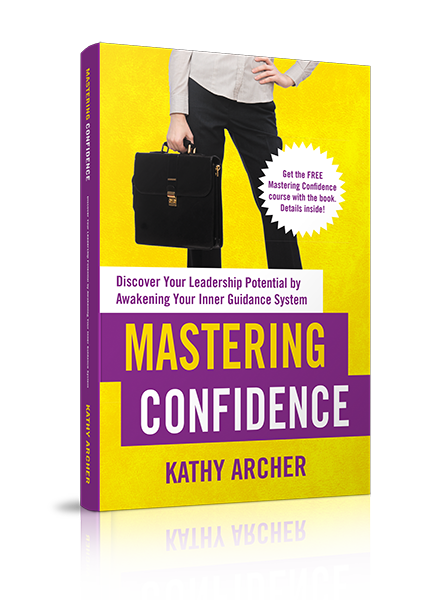
Available on Amazon
Archives
May 2024
|
|
Leadership TRAINING for Nonprofit Leaders
Become a confident and competent nonprofit Leader: Join The Training Library membership Executive and Leadership COACHING Leadership Coaching for Nonprofit Executives, Leaders and ManagerCoaching |
PODCAST for Nonprofit Leaders
The Surviving to Thriving podcast: Strategies, systems and support to lead your nonprofit with confidence FREE RESOURCES to Grow your Leadership Skills Free Leadership Training Resources, Worksheets and Templates |
Become a CONFIDENT LEADER
|


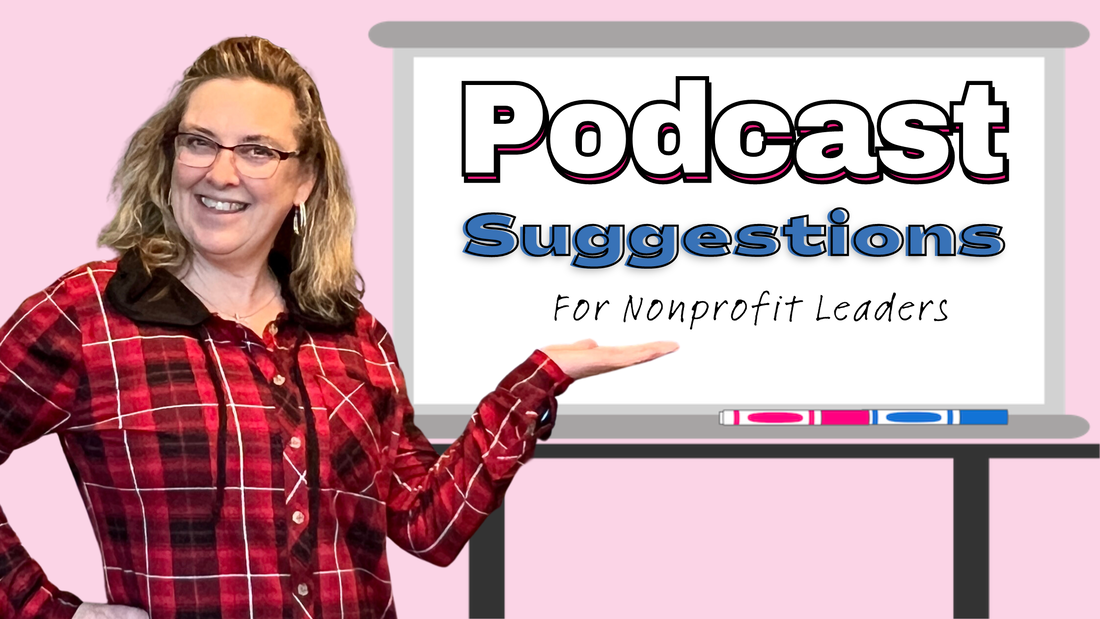
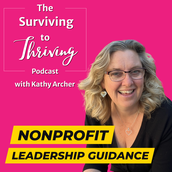
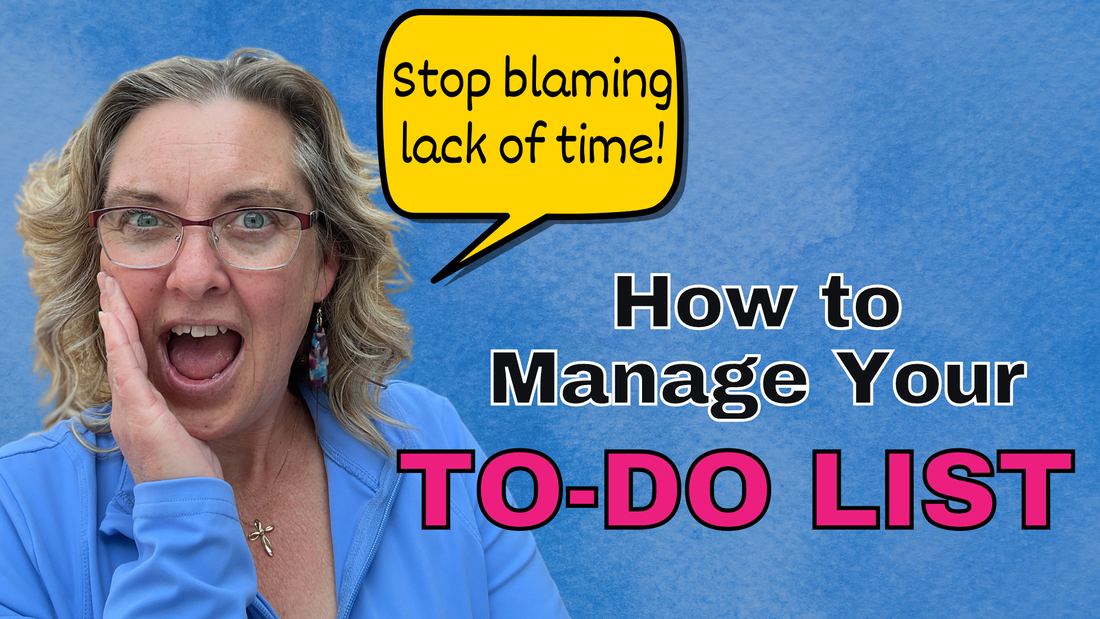
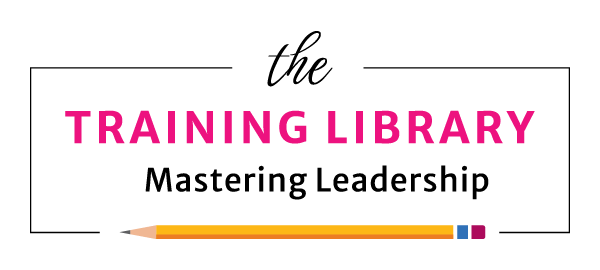

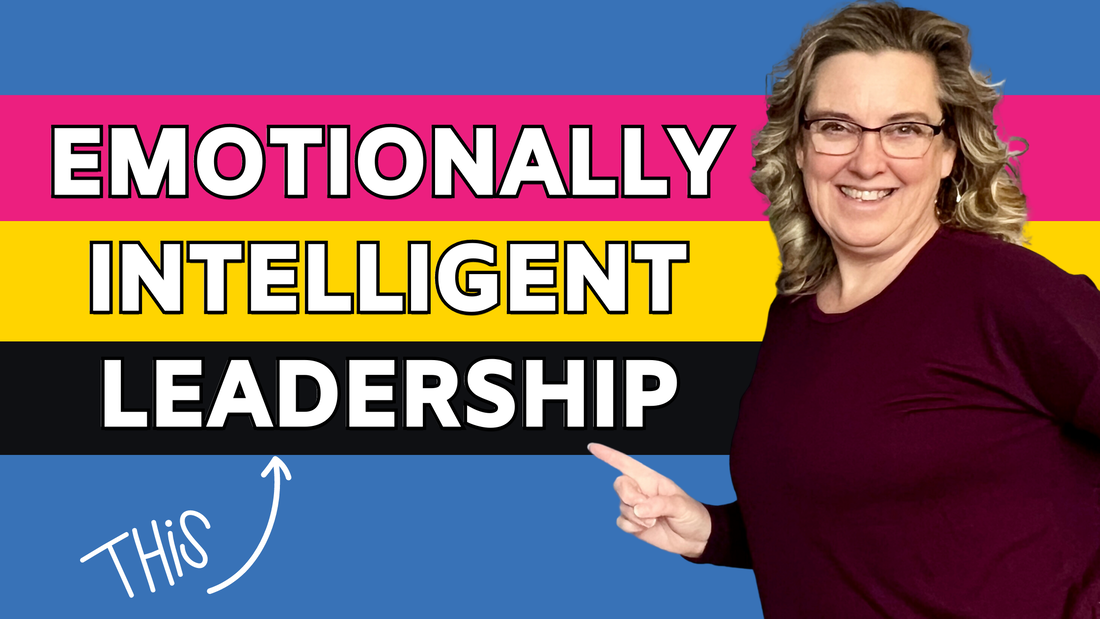
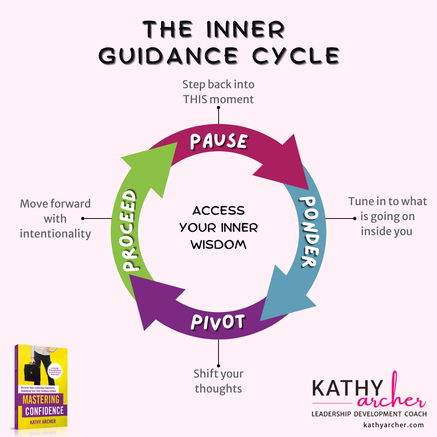
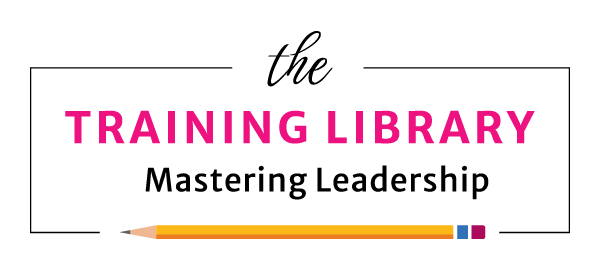

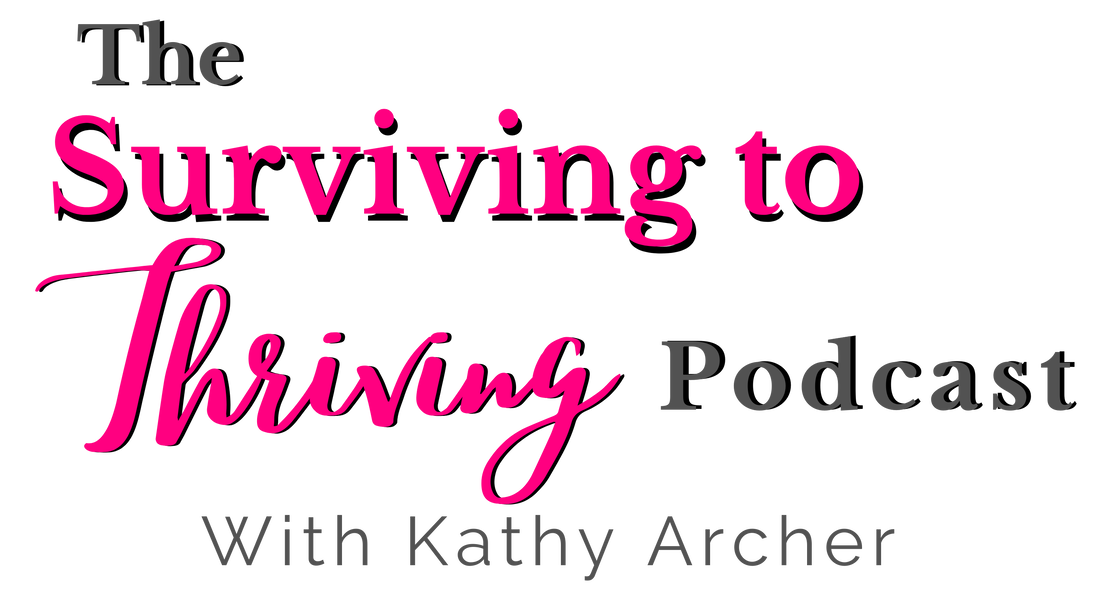
 RSS Feed
RSS Feed
